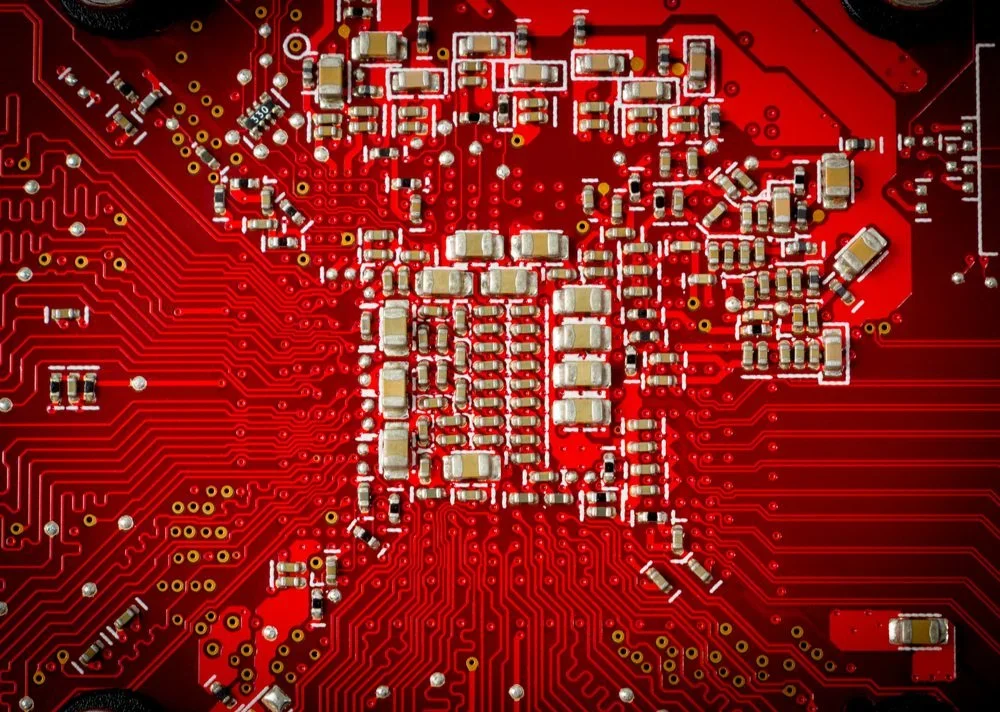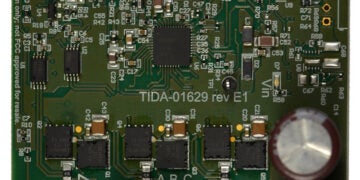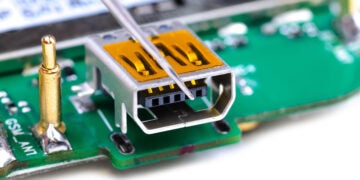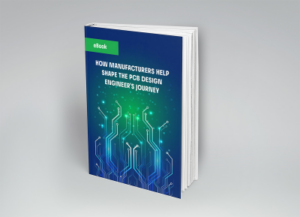
A PCB board
A reliable PCB supply chain is crucial to ensure the continuous quality of manufactured electronics. Although this is a global issue, the most effective approach is to adopt a personal perspective. The idea of supply chain unification is not applicable today, as virtually every aspect of the supply chain is volatile. However, by taking the right actions, it is possible to incorporate resilience into your PCB supply chain and avoid common and costly disruptions.
Best Practices for PCB Supply Chain Management
PCB supply chain management can be defined as follows:
| PCB supply management is the development of a viable and actionable strategy for ensuring that your circuit board design and development processes proceed continuously at the speed of innovation without undue interruption due to a lack of component, material, or manufacturing resource availability. |
Essentially, any lack of material or manufacturing process being available when you need it poses a risk to the uninterrupted operation of your PCB supply chain. It is noteworthy to understand that a PCB supply chain begins when the design is initiated and ends when the product is delivered or available for use. Additionally, it is probable that you are often involved in multiple PCB supply chain processes simultaneously, each of which requires management. In order to optimize this workflow, it is necessary to understand the various subprocesses at work and institute best practices as listed below.
| Best Practices for PCB Supply Chain Management | ||||
| Subprocess | Description | Best Practices | ||
| Component Library Management | Streamlining the time and resources spent researching components and creating/acquiring CAD libraries. |
|
||
| Component Procurement Optimization | Taking steps to create and use an optimized distributor network for sourcing your components. |
|
||
| PCB Material Procurement Optimization | Opting for materials that are readily available and making procurement decisions that provide the best availability assurance. |
|
||
| PCB Manufacturing Optimization | Making design decisions to assist your contract manufacturer (CM) in expediting your board builds. |
|
||
As shown above, there are multiple simultaneous subprocesses that require oversight and action to optimize our PCB supply chain management. To understand why these subprocess management tasks are necessary, it is informative to know how we got here.
What are the Causes of Current Supply Chain Issues?
As defined above, PCB supply chain management is a complicated undertaking with many important elements. Hardware, software, logistics, and social relationships are integral to the PCB supply chain. The supply chain is not a linear progression of steps, as its name might suggest, but a network of people, companies, and products interacting with each other. Each of these pieces provides an opportunity for vulnerabilities to manifest and threaten the quantity or quality of your circuit board design and development operations.
Some root causes of supply chain threats have been around for a long time. For example, counterfeit parts have and continue to be a major issue in the PCB supply chain due to the size of the electronics industry. Component shortages for various component types have plagued the industry for quite a while now, as well. For example, some capacitors can be hard to find.
Another major cause, which is still causing repercussions, is the virtual industry-wide shutdown across most industries in response to COVID-19. The COVID-19 pandemic proved that long-standing models of PCB supply chain management weren’t as robust as they could be. Difficulties across the supply chain have emphasized the places where substandard parts, logistics difficulties, or other issues could derail production.
Prior to the pandemic, the electronics industry had settled into a supply chain model where small numbers of geographically isolated manufacturers were the only source for certain materials and components. Once governments became more involved in determining when and where essential elements are shipped, this flaw was highlighted. Recent developments, like the volatility in tariffs, have only exacerbated supply chain issues related to this problem.
Fortunately, new ideas for supply chain management have evolved to solve some of these issues.
How to Sustain a Reliable PCB Supply Chain
Decentralizing the supply chain and implementing blockchain security mechanisms for electronic component hardware have been helpful and will likely continue to strengthen. Enforcing standards from the Global Electronics Association (formerly IPC) has also been proposed, which may make it more difficult for counterfeits to wind up in the supply chains and on PCBs. The Global Electronics Association has recommended standards for electronic manufacturing for more than 60 years, and they are stringent and exacting for good reason. However, those strict compliance requirements appear daunting to many manufacturers, causing them to forgo Global Electronics Association standards with some or all of their components. Some companies create their own standards, but those proprietary standards are rarely more exacting than those of the Global Electronics Association.
The best way to create and maintain PCB supply chain management optimization is to adopt a philosophy of resilience for all essential elements of your PCB design and development process. This is a multifaceted undertaking that must include prioritizing sustainability for your component library, component procurement process, material procurement process, and board manufacturing.
If you’re looking for CAD models for common components or best practices for optimizing PCB supply chain management, Ultra Librarian helps by compiling all your sourcing and CAD information in one place.
Working with Ultra Librarian sets up your team for success to ensure streamlined and error-free design, production, and sourcing. Register today for free.








